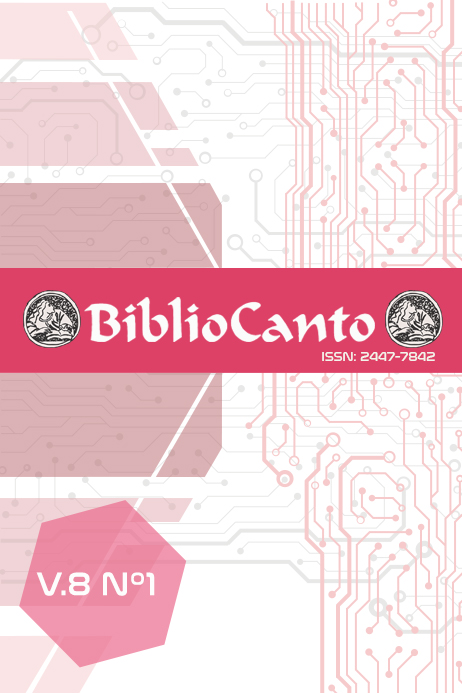Strategy, method and content: three components for understanding contemporary disinformation campaigns
DOI:
https://doi.org/10.21680/2447-7842.2022v8n1ID27527Keywords:
disinformation, fake news, information user, disinformation strategy, dynamics of disinformationAbstract
The profusion of misinformation on the web currently occurs with the use of increasing refinement and the use of technological and linguistic resources and methods capable of amplifying its reach. The present work sought to understand, from a literature review, strategies, methods and form of content organization in contemporary disinformation campaigns to propose a model for understanding and analyzing these campaigns. Researches were carried out in several databases that resulted in the identification of 18 works that discuss the dynamics of misinformation – constitutive elements prior to the phenomenon's manifestation. The content of this review was organized in its own typology that allowed the conception of three basic components of contemporary disinformation campaigns: strategy, method and content. The work describes and discusses these components, whose understanding contributes to the analysis of misinformation and the development of dissuasive, mitigating or corrective tools. The work showed that campaigns occur with a high degree of professionalism, planning and financing, in such a way that simple solutions for dealing with misinformation tend to be ineffective. Literacy actions and the development of information skills need to be accompanied by other initiatives by governments and information technology companies.
Downloads
Downloads
Published
How to Cite
Issue
Section
License
Copyright (c) 2022 BiblioCanto

This work is licensed under a Creative Commons Attribution-NonCommercial-ShareAlike 4.0 International License.
Os trabalhos publicados neste periódico podem ser disponibilizados em Repositórios Institucionais de Acesso Aberto.
Os conteúdos da Revista BiblioCanto estão licenciados sob uma Licença Creative Commons Atribuição 4.0 Internacional.
Qualquer usuário tem direito de:
- Compartilhar — copiar, baixar, imprimir ou redistribuir o material em qualquer suporte ou formato
- Adaptar — remixar, transformar, e criar a partir do material para qualquer fim, mesmo que comercial.
De acordo com os seguintes termos:
- Atribuição — Você deve dar o crédito apropriado, prover um link para a licença e indicar se mudanças foram feitas. Você deve fazê-lo em qualquer circunstância razoável, mas de maneira alguma que sugira ao licenciante a apoiar você ou o seu uso.
- Sem restrições adicionais — Você não pode aplicar termos jurídicos ou medidas de caráter tecnológico que restrinjam legalmente outros de fazerem algo que a licença permita.



 English
English Português (Brasil)
Português (Brasil)






